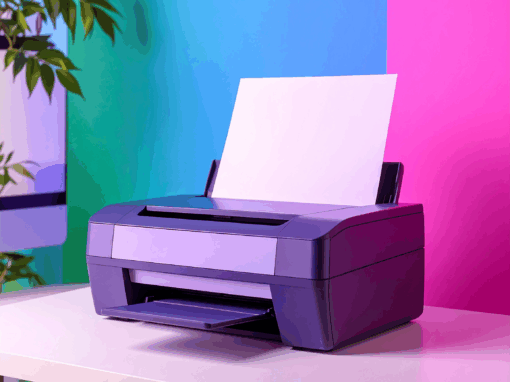How does Climbing the Pyramid Help Teams Generate and Print Work Orders?
Well, the short answer is that it likely won’t.
The long answer is…The utility of modern asset maintenance applications grows as your organization moves up the pyramid. Without these forward-thinking tools, companies will be forever stuck in Reactive and Preventative maintenance.
This is shown to be true in the latest (2022) Plant Engineering and Advanced Technology Solutions survey.
The survey reported that the average maintenance facility employs three (3) maintenance strategies for its assets.
Of the assets being managed, 38% are reported to be managed by Preventative Maintenance. An additional 35% are managed by Run-To-Failure or Reactive Maintenance strategies.
In total, 73% of Assets are still managed through the bottom of the Pyramid strategies.
This means only 27% of assets are managed through the strategies in the top half of the pyramid—24% through Condition-based or Predictive techniques and only about 3% with “Other” methods, which for all intents and purposes, we will assume are more advanced or Prescriptive strategies.
The fact of the matter is that regardless of an asset’s maintenance strategy, your EAM package isn’t likely to solve the most significant challenges your maintenance teams face in moving your assets up the pyramid…
Maintenance Challenges: People, Process, and Technology
The Plant Engineering and Advanced Technology Solutions survey breaks down the challenges faced by maintenance teams into three primary (3) categories—People, Process, and Technology.
Based on the survey results, we understand the relative struggle these factors represent in running an efficient maintenance operation.
PEOPLE – Fifty-seven percent (57%) of respondents ranked People (Hiring, Training, Culture) as the most troublesome issue they face in 2022.
EAM platforms can reduce training time by providing easier, cleaner tools, but they can’t resolve hiring or culture deficiencies. Nor will they likely ever try.
PROCESS – Fifty-one (51%) of respondents found Process (planning/scheduling, reporting, improvement) a moderate challenge for their organizations.
Many EAM applications help with scheduling corrective and preventive maintenance, managing inventory, coordinating shutdowns, and ensuring accurate data. Unfortunately, however, they can’t solve all the manual processes that plague maintenance teams—and maintenance planners.
TECHNOLOGY – Technology (buy-in, implementation, analytics), was overwhelmingly ranked as the least problematic by 52% of respondents.
A well-designed, cost-effective EAM platform should solve all technology-related issues. Hence, improving adoption and buy-in; unfortunately, as many maintenance teams know, it’s rarely as easy as one would hope.
In brief, while modern EAM applications can aid in improving the struggles of maintenance teams, they certainly cannot solve them.
These challenges intersect with maintenance strategies in several places, but Process (or process improvement) is effectively where all these challenges converge.
Maintenance teams are striving to move their assets to more advanced maintenance strategies; however, manual processes are keeping teams from focusing on the “bigger picture.”
In fact, a recent article titled, A seven-step journey to prescriptive maintenance, from Plant Engineering, even lists streamlining routine as the #2 Step in moving to Prescriptive Maintenance.
Technology helps streamline and automate basic tasks, such as scheduling routine inspections and maintenance, tracking parts and materials used so inventory is accurate, and monitoring use of consumables (ink) and replaceable (filters), and parts subject to wear (belts and brake pads). When the basics are covered easily, personnel have time to up to focus on more advanced questions such as diving into analytics.
– A seven-step journey to prescriptive maintenance, Plant Engineering
Process, Planners, and Paper: Where Modern EAM Applications Aren’t Helping Your Team
One routine that is consuming maintenance planners’ time is Work Order Packet creation and distribution (printing).
It’s no secret that Maintenance Technicians rely on Work Orders to complete their assigned tasks. And, for various reasons, most maintenance teams rely on printed (i.e., good old-fashioned paper) work orders.
For better or worse, most modern EAM applications are primarily designed to be purely digital. They focus on things like IIoT, automation, scheduling, and even tracking/completing maintenance work from a phone or tablet.
As a result, they aren’t overly concerned with the basic concept of a printed work order. Unfortunately, when it comes to Oracle, Fusion Cloud Maintenance is no exception.
So, when it comes to Work Order creation, Maintenance Planners spend excessive time printing, collating, and stapling (and everything else in between) to create and distribute usable work order packets for their technicians.
Just like Oracle eAM, Oracle Cloud Maintenance’s on-prem predecessor—this work order creation challenge persists.
This process sees planners spending hours and even days each week just creating packets and getting them into the hands that need them.
Challenges of Creating Work Order Packets from Oracle Fusion Cloud Maintenance
Organizations leaping into Oracle Fusion Cloud Maintenance have realized, or will shortly after initial testing, that the application leaves users—primarily planners—lacking functionality when creating work order packets.
Challenge #1: Connecting Oracle Cloud to On-prem Printers
The #1 most significant challenge is integrating a cloud solution with on-prem printers. More specifically, configuring IPP Printing.
IPP printing is risky, overly complex, and time-consuming to set up and maintain.
Inbound network connections must be opened and firewall wall rules established to allow printers to accept jobs from Oracle Cloud. Printers and/or print servers must be configured with SSL certificates that require ongoing management. This can be a substantial security issue, and multiple team members are also required to manage and maintain the integration.
Every time there’s a printer addition or configuration change, Windows admins and network security teams are linked up to complete the work.
Moreover, with IPP Printing, no printer status feedback is provided to the end user or administrator when printing the work order report.
For these reasons, many Oracle Cloud Maintenance clients we see have opted to forego direct printer integration when moving to a SaaS architecture.
However, without direct printer integration, Report Output gets shoved under the Processes View, and users need to hunt down the PDF output just to manually print the files (but more on this in Challenge #2).
Challenge #2: Each Printing Option Presents Unique Challenges
Oracle provides three (3) primary options for printing Work Order Packets. These include printing from Manage Work Orders, the “Print Work Order Wizard” (Print Work Order Details), and Processes (both Ad Hoc and Scheduled). Each option presents unique challenges for users to consider and work through.
#1 Printing from Manage Work Orders = One. Work Order. At. A. Time.
- The ONLY destination option is to generate a PDF. So, while it is quick to print an individual Work Order, you cannot print directly to a printer. Fortunately, this option is a direct download that enables users to access the results quickly.
- Multiple Work Orders cannot be printed at the same time.
- If Attachments are stored in the Work Order, only PDF Attachments will be included.
#2. Print Work Order Wizard – Parameters offer Control, but No Printer Submission
This method uses the Print Work Order Details found in the Infolet.
- This option gives users more direct control of what’s created, offering parameters users can select or fill in to refine their print criteria. (See image below)
- But, the parameter options are limited and don’t include critical, oft-used criteria such as Crew, Work Area, Asset Location, or other variables that may be important to your business.
- If multiple work orders are desired, they must be in sequential order. Given the lack of parameters, this could mean tens to thousands of WOs might be included in a Process Details Job. (Note: Thousands may sound like a complete fabrication, but one of our customers expressed this precise issue on multiple occasions, which happened more than once.)
- When including Attachments, the output will attach ONLY PDF files uploaded to the Work Order Header and Operation.
- Even if IPP Printing is configured, this option does NOT enable users to submit to a printer directly.
#3. Processes (Ad Hoc and Scheduled) – Parameters offer Control, but No Attachments
- Like the Print Work Order Details option, Processes offer end users more control over parameters. But the parameters are the same (again, Limited).
- Unlike Work Order Details, however, Processes DO allow users to submit directly to a printer.
- However, Processes DO NOT include any Attachments—PDF or otherwise.
- As a result, you’ll only get the basic Oracle Work Order report output for the range of WOs in the ESS Job. So, users will need to fill in the attachment gaps by manually printing attachments and collating them.
Challenge #3: Printing with Attachments is Nearly Impossible
We’ve briefly identified some of the issues above regarding attachments. Here’s a continuation of those challenges.
- TEXT Attachments will NOT be included in the output.
- URL Attachments will be SKIPPED because Oracle does not provide an authentication method to pull URL attachments.
- In other words, only File Attachments will be included in the output. However…
- …the attachment will be included only if the file is a PDF File.
- Other File Types (like Word, Excel, images, etc.) will be SKIPPED.
Importantly, when File and URL Attachments are SKIPPED, users are provided no alert or notification of such an Error. This can create holes in the work order, ultimately leading to Safety, Compliance, and other challenges for Technicians and the Business.
This lack of automatically printed attachments can leave schedulers and planners stranded, hunting (in Oracle, Networked Folders, SharePoint, etc.), opening, and printing many individual files. Then, expend additional time collecting, collating, and preparing a complete packet to provide a technician.
Summary of the Challenges Printing Work Order Packets from Oracle Cloud Maintenance
If you want to automatically print Work Orders with accompanying attachments from Oracle Cloud Maintenance…
- To select printers in Oracle Cloud, you’ll need to work with multiple teams to configure IPP printing.
- Your best bet (using native functionality) is to use Print Work Order Details, which provides users some control over what Work Orders are included in the output (including the ability to include Attachments).
- Even when Attachments are included, only PDF File Attachments will print, leaving users hunting down and printing the additional attachments.
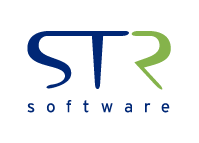
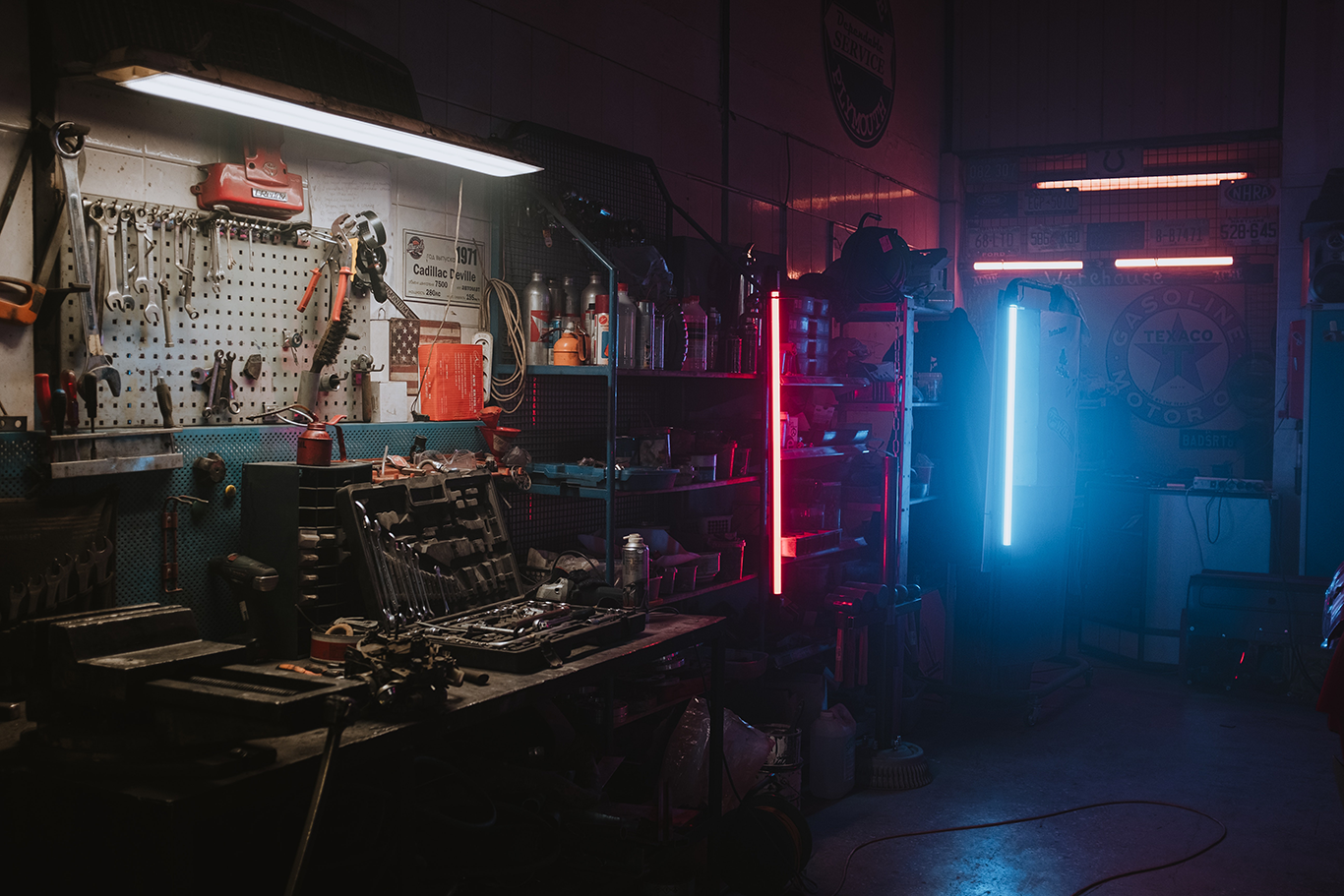
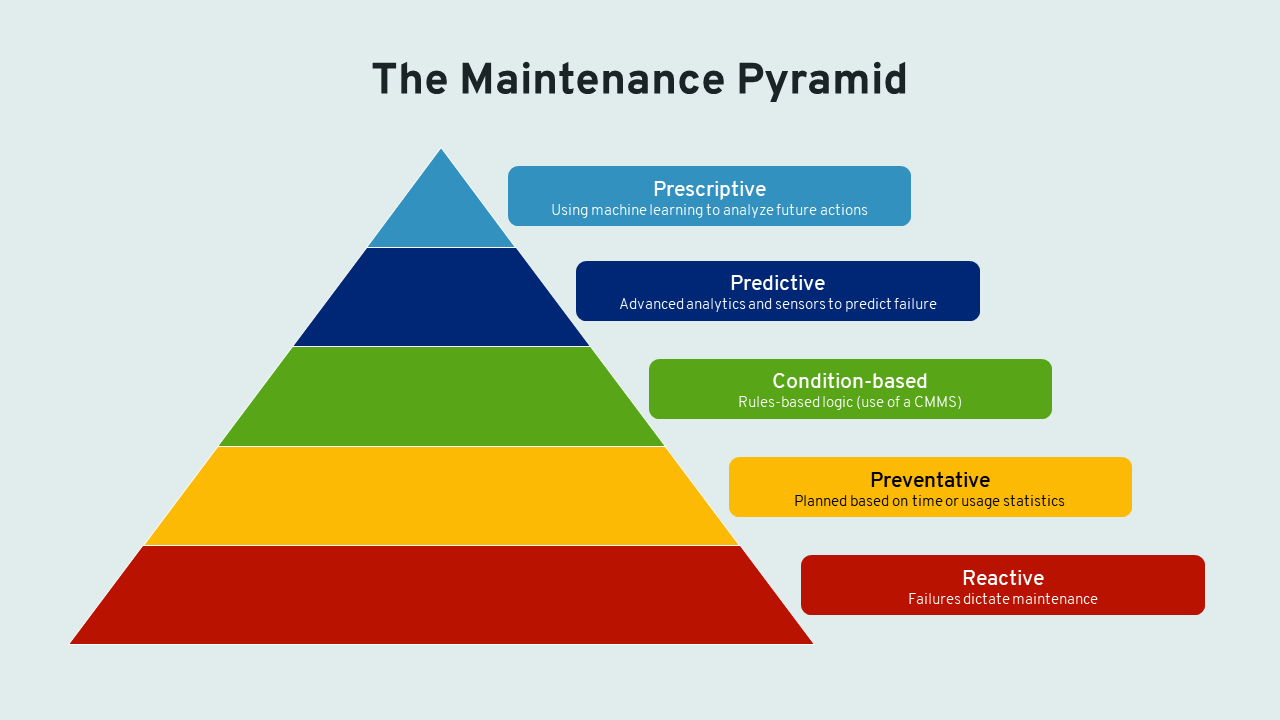
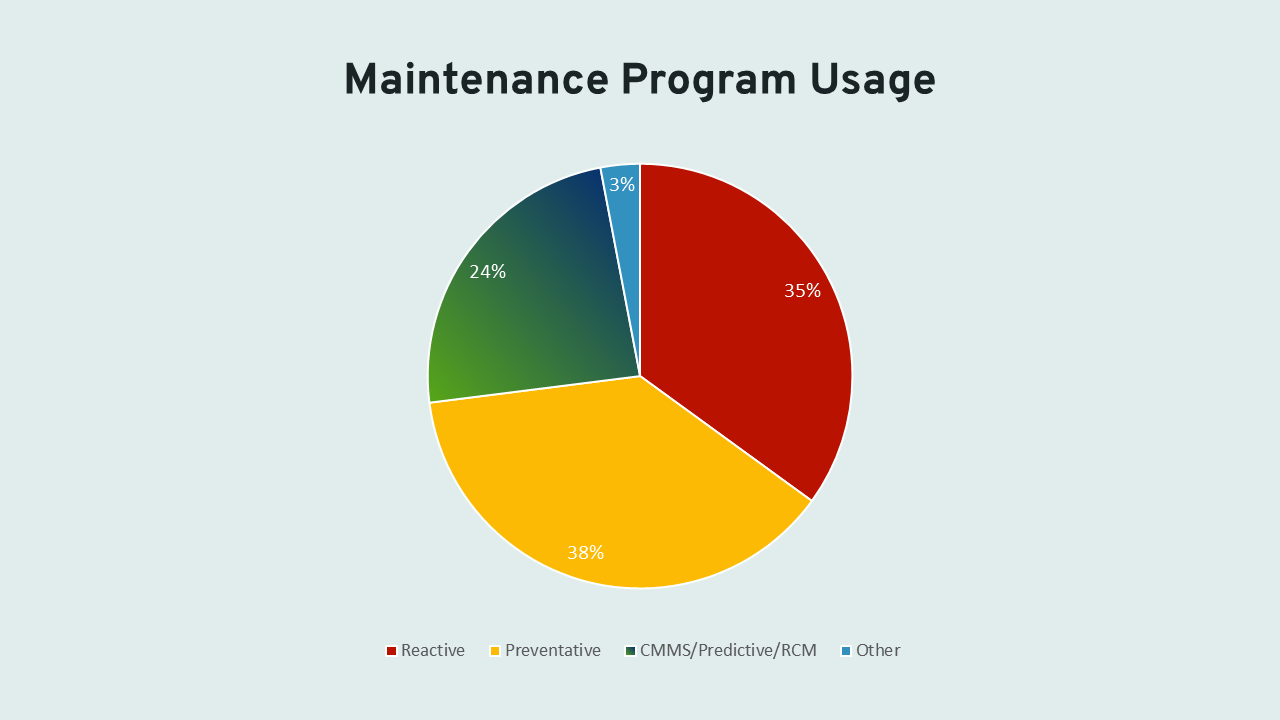
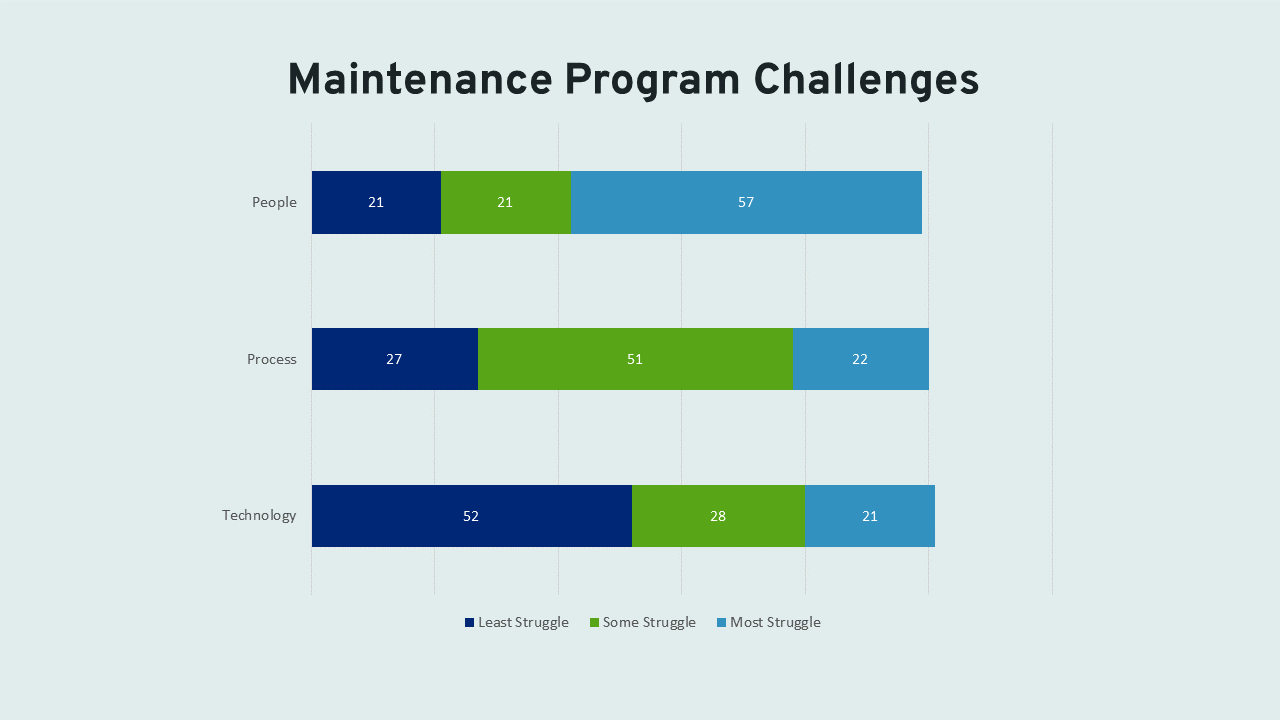
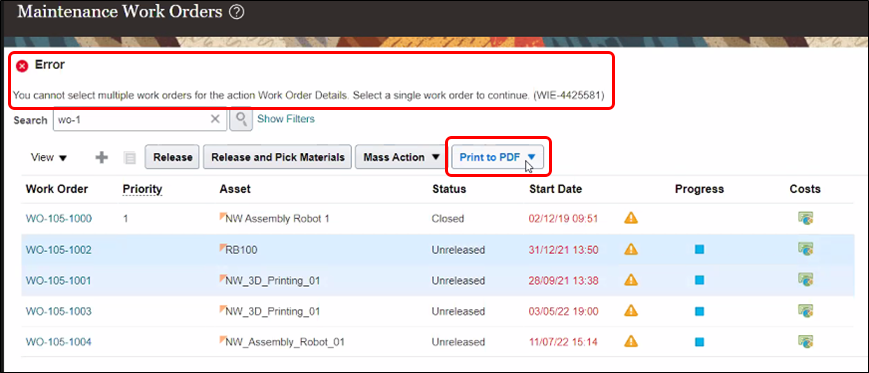
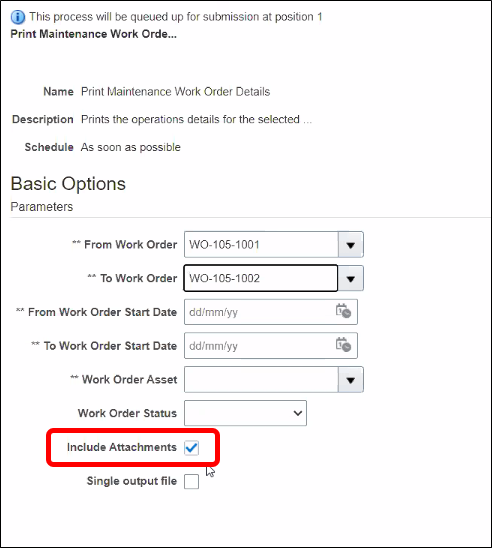
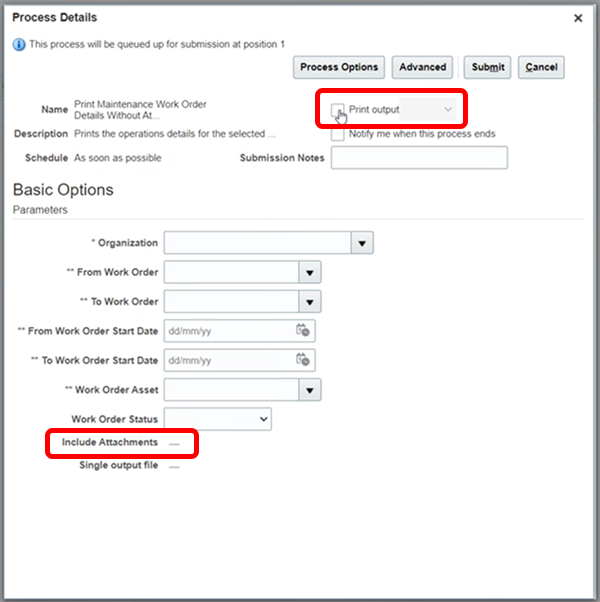
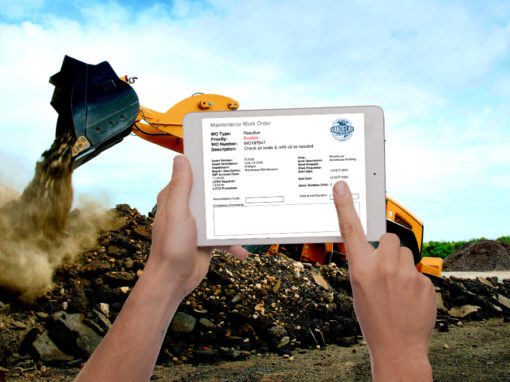

![Rollup of Product Updates [Summer 2025; v25.3]](https://www.strsoftware.com/wp-content/uploads/2023/02/Feature_Image_ProductUpdate_Wave-510x382.png)
